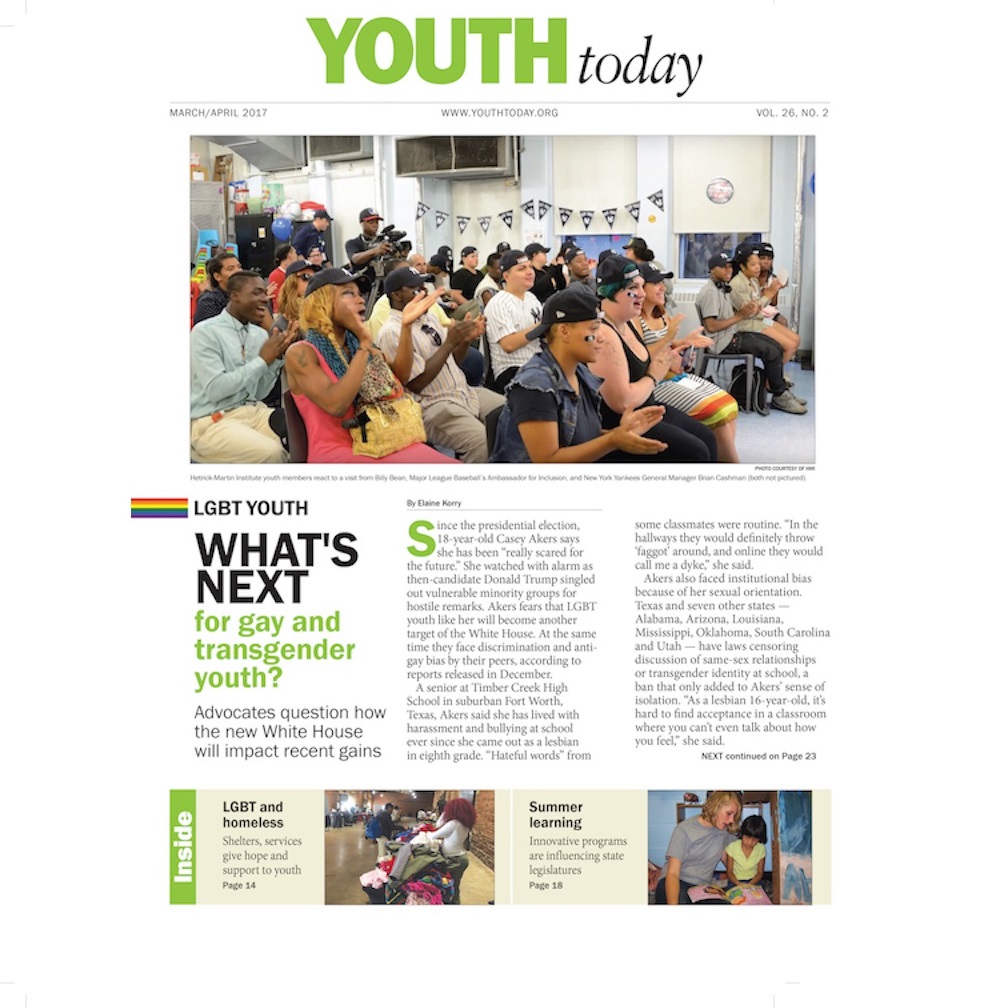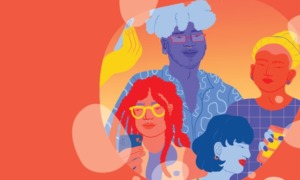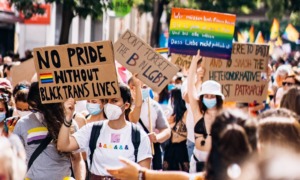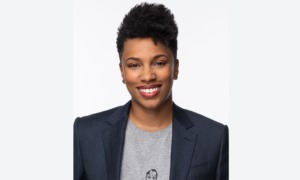Throughout our March-April 2017 print publication, which has a cover package of stories focused on LGBT youth, we have used the acronym LGBT, consistent with the Associated Press (AP) style guide — the rule book for journalists worldwide. We could have used a lot more letters.
We want to be fully inclusive of the spectrum of experiences youth workers encounter today. We could have used LGBTQQIAA — that adds queer, questioning, intersex, asexual and ally. We could add P to include pansexual and a plus sign to show there’s more.
But that’s a lot of letters every time we publish a reference to gender or sexual identity. So, for the sake of brevity, we followed the AP. But for the sake of inclusivity — as noted in John Holland’s story about homelessness — we must recognize the complexities and comprehensive range of identities.
We all know cultural competency in youth service is crucial. Kids struggle enough with identity formation; adding layers of bullying, rejection or violence on top of this developmental task creates trauma for many LGBT youth. Youth services should be safe and healthy spaces for growing up.
Supporting LGBT youth begins with using the right terminology, which can feel difficult in an ever-evolving culture. GLADD’s glossary may be helpful, and we hope this collection of stories inspires updates to your policies and programs.
With increased communication, maybe soon we’ll all be speaking the same language in support of the diversity of the youth we serve.
We invite your stories and comments, of course. Please reach us at RWallack@YouthToday.org.
































